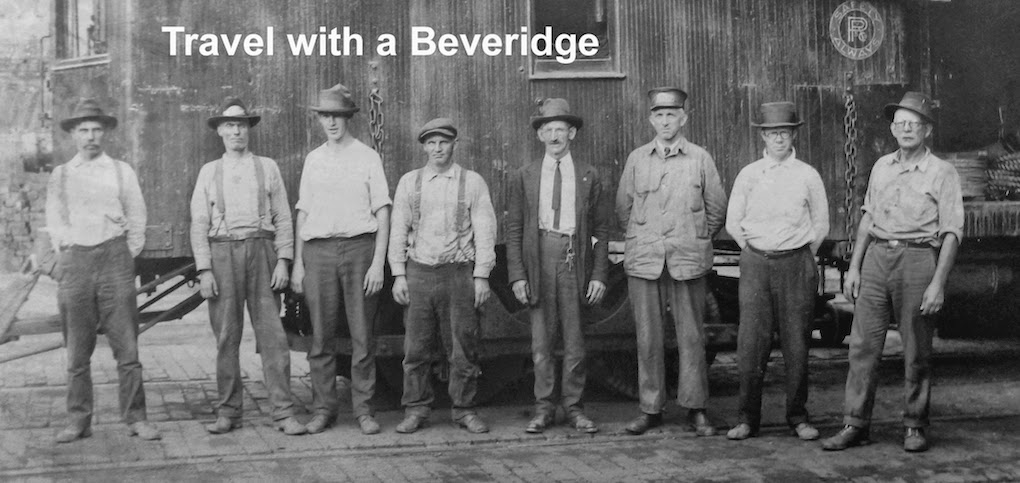A young Eastern golden eagle bats off a bald eagle in a photo captured by a West Virginia trail camera, one of 40 across Appalachia involved in the first comprehensive photographic study of wildlife in the mountains.
By Scott Beveridge
AVELLA, Pa. – Dave Scofield keeps his eye on the berm for fresh road-kill deer while he drives to work at a national treasure famous for its archaeological breakthrough.
Scofield looks for small deer carcasses to use as bait at the site of a new trail camera set up to photograph wildlife in a remote location at Meadowcroft Rockshelter and Museum of Rural Life, where he works as executive director.
"It's fun," Scofield said, before retrieving the memory card Feb. 4 from the infrared camera rigged to take photos when a predator moves in to dine on one of the decaying deer. "You never know what you are going to get."
Dave Scofield, executive director of Meadowcroft Rockshelter and Museum of Rural Life in Avella, Pa., right, removes a memory card from a trail camera making a record of the wildlife in this section of Appalachia. The project is led by assistant West Virginia University research professor Todd Katzner, who is checking the roadkill deer used as bait for the camera. (Scott Beveridge photo)
Meadowcroft received the camera in December as part of a five-year, six-state study at West Virginia University to track the winter migration of the eastern golden eagle and create the first comprehensive photographic record of the wildlife in Appalachia. While the camera at the Jefferson Township museum had yet to capture one of the eagles, which nest in Canada, it's the only one in use in Western Pennsylvania for the study.
Scofield did find crows, a red-shouldered hawk, two red-tailed adult hawks and two raccoons among the 44 images the camera recorded over a 24-hour period.
"This is important information for wildlife management folks to know, the distribution of species and statistics on the size of the population," said Todd Katzner, the WVU research assistant professor leading the study.
He was motivated to do the research to determine if the rapid expansion of electric-generating wind turbines in the United States is interfering with the migratory habits of the eagle. At the same time, the U.S. Fish and Wildlife Service is circulating a draft conservation plan requiring the wind industry to evaluate impacts on the protected eagles to avoid their colliding with turbines.
So far, the study indicates the size of the golden eagle population might be smaller than first thought. The researchers are among few people who have been banding the eagles. Most of the birds photographed so far wear the bands, which means estimates of a population between 1,000 and 2,000 is inaccurate, Katzner said.
Golden eagles were common in New England until, as with the bald eagle, the pesticide DDT made them extinct in the United States east of the Mississippi River. The pesticide built up through biomagnification in the food chain and caused the eggs of the largest predators to become too thin to survive incubation, Katzner said. The birds are recovering because DDT was banned in the United States in 1972, he said.
"Birds are the first thing to be impacted by industry, pollution," he said. "The eagle population is expanding greatly."
Meanwhile, the golden eagle is lured south of Canada during the winter because the Pennsylvania Game Commission fosters a large white-tailed deer population, which results in a lot of road kill.
"It provides them a winter diet," Katzner said.
The bird is about the same size as the bald eagle, with a body between 30 and 37 inches in length, but has larger, more powerful talons.
The 40 cameras stationed from New York to North Carolina also have been photographing animals that researchers did not know were still in the hills of Appalachia.
One location recorded images of spotted skunks, including one spraying a raccoon.
West Virginia has "almost no information about the spotted skunk," Katzner said. Until this five-year study got under way this year, the only information researchers had about wildlife in the mountains "was from trappers," Katzner said.
"People just love this stuff," he said.
The study also is helping Meadowcroft document how the habitat is being used at the property, where an archaeology dig found it to be the oldest site of human habitation in North America dating back 16,000 years.
"There is a pretty good prehistoric record of what was here," Scofield said.
Among the more than 956,000 artifacts pulled from the rockshelter are remains of passenger pigeons, which were captured and eaten there by animals, he said.
"It's kind of nice to get pictures of the animals that are here now," Scofield added.
(Click
here to watch a short video of Katzner discussing his story.)
(This article first appeared in the
Observer-Reporter newspaper, Washington, Pa.)















